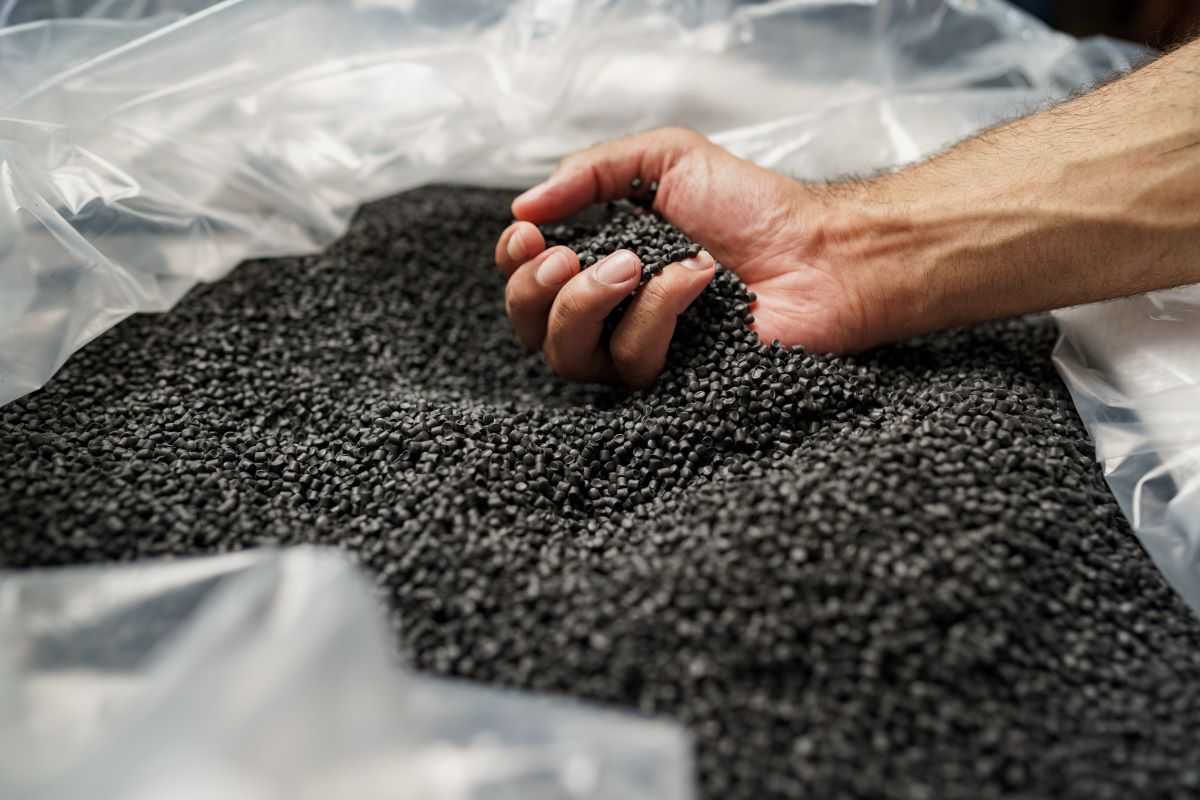
The Alliance to End Plastic Waste argues that consistent specifications for quality material will help drive investment in sorting and collection technology. | Fabrika Simf/Shutterstock
The Alliance to End Plastic Waste suggested the recycling industry in the European Union develop target specifications for processed materials to ease the transition to a circular economy.
The group, which was founded in 2019 by some of the world’s largest plastic production and packaging stakeholders, made recommendations for those specifications in a report featuring research carried out by consulting firm Eunomia Research and Consulting.
“Currently, there are no common recyclate specifications or consensuses in the European market to align the secondary plastics industry,” the report stated. “The definition of quality remains unclear, and a framework to implement such quality in the recycling process is lacking.”
Right now, recyclers often use their own unique specifications or create specialized recycled resins for each customer, both of which limit the number of converters or producers a processor can sell their material to.
“The somewhat siloed nature of the supply chain makes it difficult for each business to be effective in producing sufficient and consistent material to meet application-specific market needs,” the report stated.
The report noted that with demand for recycled resins rising, there is also greater need for consistent target specifications for recycled material. Currently, recycled post-consumer plastic from rigid packaging meets 8% of the demand for HDPE and 3% of the demand for PP, it added.
“Clarifying target specifications will make the required changes transparent and, by providing proper value for the recyclate quality, encourage tailored upstream investment for sorting and recycling operations and drive improved collection and sorting technologies,” the report stated.
Developing specifications
The report proposed that the industry do the technical work of crafting target specifications for key applications by running industrial trials, the aim being to work toward global standards and harmonization.
As an example, the report identified the values and ranges of the most important characteristics that recycled material would need for a converter to achieve at least 30% recycled content in a specific packaging application in the European market.
The three polyolefin packaging applications covered by the report were HDPE for blow-molded bottles, LDPE extruded shrink film and PP injection-molded caps and tubs. Standards were developed with 28 operators across the plastics recycling value chain.
“Based on stakeholder input, a set of recyclate quality target specifications were developed to provide the physico-chemical, mechanical and aesthetic properties required for each application,” the report noted.
It clarified that the specifications are not intended to meet food or skin contact-sensitive regulatory requirements, and are only a starting point, with full specifications to be informed by trials.
The report looked at ash content, density, filtration, gel count, melt index, moisture content, odor, pellet color, polyethylene content, polypropylene content and volatile content for physical properties and elongation at break, flexural modulus, tearing force, tensile strength at break and tensile strength at yield for mechanical properties.
The specifications for HDPE, LDPE and PP can all be found in the final pages of the report.
“This study set out to define recyclate quality target specifications that are achievable under current market conditions with existing technologies, techniques and processes,” the report stated. “Waste collectors, sorters and recyclers may need to adopt better available technologies and/or processes to achieve the target specifications.”

